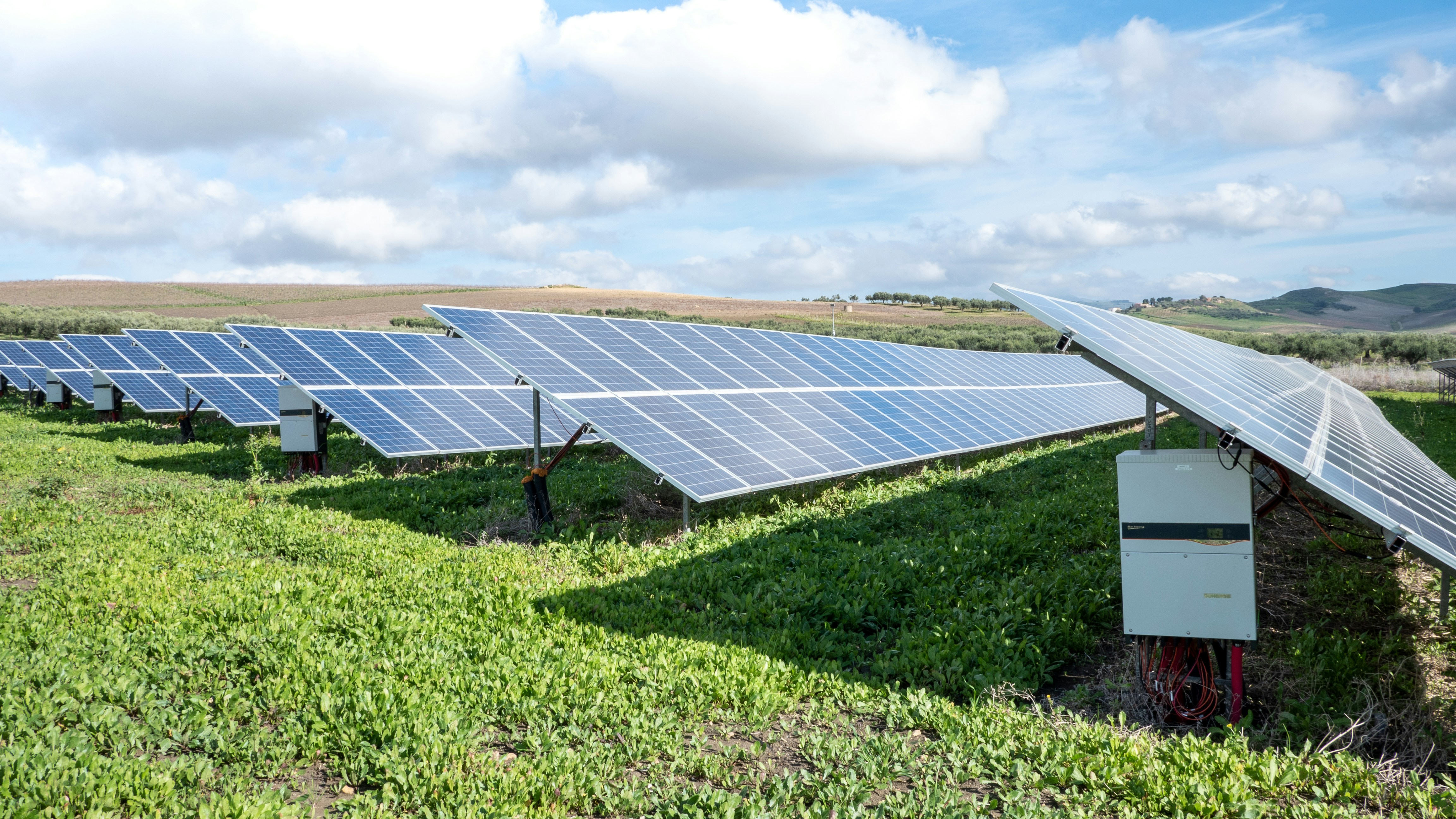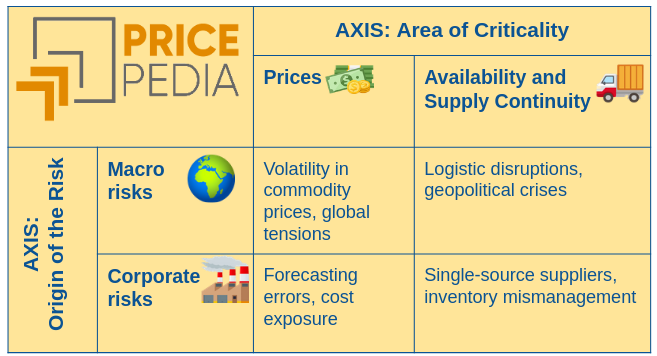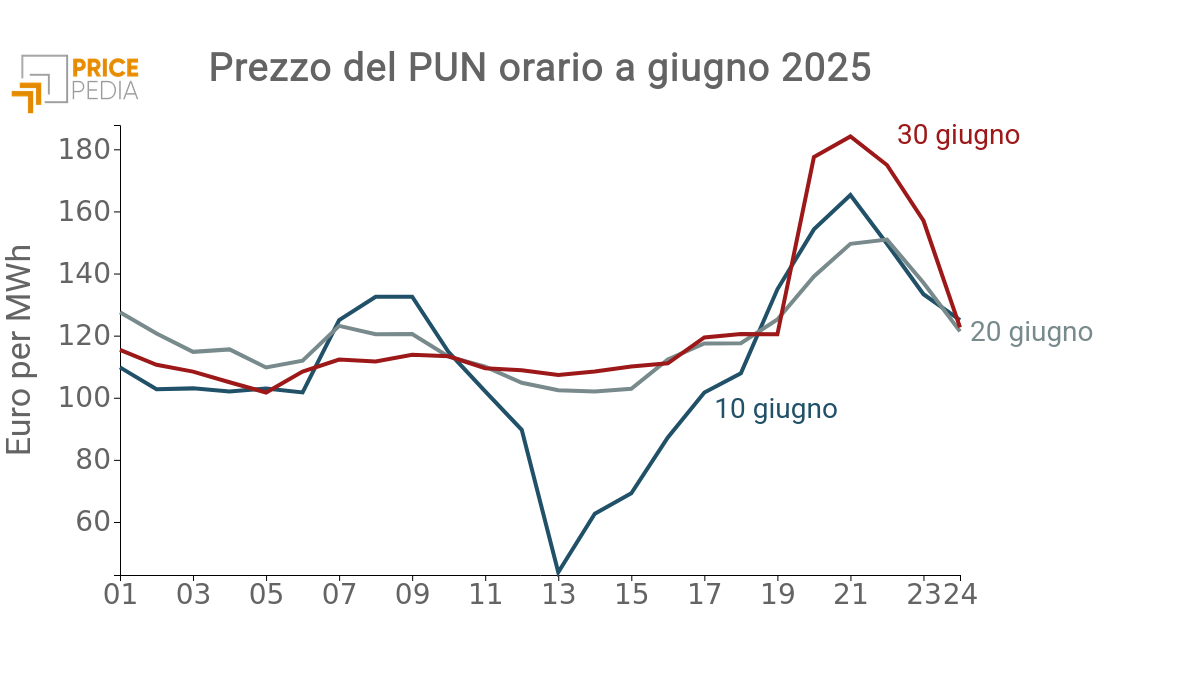Hourly PUN price: is there a specific “hour” effect?
An econometric analysis reveals the existence of a specific “now” effect, distinct from that related to consumption levels and production from renewables
Published by Emanuele Morelli. .
Electricity's National Single Price Electric Power economic analysis Analysis tools and methodologies In the Italian electricity market, the National Single Price (PUN) fluctuates on an hourly basis, primarily influenced by energy demand, renewable energy production, and the cost of fossil fuels. In addition to these well-known factors, other variables also appear to exert a systematic influence depending on the time of day. These components, not yet explicitly identified, can be broadly referred to as the “hour effect.”
To investigate their impact, an hourly econometric model was developed for the period from January 1, 2023, to June 30, 2025. In addition to the main price drivers—such as the daily price of natural gas, CO₂ costs, the share of renewable production, and hourly electricity demand—the model includes 23 dummy variables, one for each hour of the day (excluding the reference hour)[1]. These time-invariant variables allow for the isolation and quantification of the specific effect associated with each hour on the evolution of the PUN in the Italian wholesale market.
The estimated model
In the model, the dependent variable is the hourly PUN, expressed in €/MWh, as reported by the Italian Electricity Market Operator (GME). The regression variables, in addition to the hourly dummy variables already mentioned, are as follows:
- the daily price of natural gas, in €/MWh, recorded at the Italian PSV trading hub;
- the daily price of CO₂ emission allowances, expressed in €/ton;
- the hourly share of electricity generation from renewable energy sources (RES), represented by two separate variables depending on whether the share is above or below 70%. The underlying assumption is that an increase in this share has a stronger effect when it is high;
- the total hourly electricity demand in Italy, expressed in GWh.
The estimation results for the variables other than the hourly dummies are presented in the following table.
Estimation Results: Regressors Other Than Hourly Dummies
| Regressor | Coefficient | Std. Error |
|---|---|---|
| GAS Price | 1.6548 | 0.014 |
| CO₂ Price | 0.3461 | 0.012 |
| Electricity Demand | 0.9678 | 0.022 |
| RES Share ≤ 70% | -0.6401 | 0.011 |
| RES Share > 70% | -0.8620 | 0.010 |
The estimation results are statistically very robust, confirming the validity of the initial hypothesis. The model explains 79% of the variability in the hourly PUN, a highly satisfactory result—especially considering the significant volatility that characterizes this variable in the electricity market.
Further evidence of the model’s reliability comes from the estimated coefficients of the different regressors:
- A typical combined-cycle gas turbine (CCGT) power plant has an average thermal efficiency of 50%, meaning that 2 MWh of gas are required to generate 1 MWh of electricity. This implies a theoretical coefficient of 2, which is very close to the estimated value of 1.65 —consistent with the assumption that the CCGT plants operating in the market are more efficient than the standard.
- Average CO₂ emissions for gas-fired power plants typically range between 300 and 400 kg per MWh produced. The estimated coefficient for the CO₂ certificate price corresponds to 346 kg/MWh, perfectly aligned with theoretical expectations.
- An increase in hourly electricity demand of 1 GWh results in a price rise of approximately €0.97/MWh. Given average levels of demand and price, this implies a price elasticity of demand of 0.29. Since this price increase represents the adjustment needed for supply to meet demand, it suggests a relatively flat supply curve—capable of accommodating varying demand levels with moderate price fluctuations.
-
Both coefficients related to the share of renewables (RES) are negative and relatively large in absolute value. As expected, the effect of a 1% increase in the RES share is more pronounced when the share already exceeds 70%, resulting in a greater reduction in the hourly PUN. However, the difference between the two coefficients is relatively small, indicating that changes in the RES share have a significant price impact even when the overall share is low.
This may be due to two main factors. First, the geographic distribution of RES generation: if it is uneven across the Italian territory, price effects can emerge at the zonal level and still influence the national PUN. Second, the shape of the supply curve for non-renewable technologies: if it has a positive slope—as suggested by the demand coefficient—then even moderate increases in the RES share from low starting levels can significantly affect the hourly price.
Estimation Results for Hourly Dummy Variables
The estimated coefficients for the hourly dummy variables are shown in the histogram below. In this case as well, all estimated values are statistically highly significant.

Compared to the reference hour—corresponding to the first 60 minutes of the day—the "hour" effect is negative and modest (approximately -5 €/MWh) until 6:00 AM. From the following hours onward, the hourly effect turns positive, reaching a peak of around +20 €/MWh at 9:00 AM.
Afterwards, the effect gradually decreases and becomes negative again, reaching its daily minimum at 2:00 PM, with an absolute value greater than that observed in the early hours. In the subsequent hours, a sharp increase is observed, culminating in the daily maximum around 8:00 PM, where the “hour” effect on the PUN price exceeds +30 €/MWh.
The difference between the estimated maximum and minimum approaches 50 €/MWh. This implies that, over the past two and a half years, under constant demand and renewable energy share, the hourly variation of the PUN price within a single day has exceeded 40% of the average PUN price.
The Equilibrium Correction Model (ECM): How the PUN Returns to Equilibrium
The previously estimated equation represents a static long-term relationship, useful for identifying the equilibrium price of the hourly PUN as a function of the explanatory variables considered. However, in the short term, temporary factors may cause deviations between the actual price and its equilibrium level.
In the following hours, these imbalances tend to be gradually reabsorbed as the influence of the transitory factors fades. In quantitative economic modeling, this adjustment process is typically captured using a model known in the literature as the Equilibrium Correction Model (ECM).
This model allows for the construction of a short-term equation where the change in the actual PUN is explained by both the variation in the equilibrium PUN (estimated from the long-run regression) and the previous period's deviation between the actual and equilibrium values.
The table below presents the estimated coefficients of this short-run equation. All coefficients are statistically highly significant. Moreover, the R² statistic approaches 50%, indicating that nearly half of the hour-to-hour variation in the PUN is explained by the model. This means the ECM effectively captures not only the level of the hourly PUN but also its short-term fluctuations in a robust way.
| Regressor | Description | Coefficient | Std. Error |
|---|---|---|---|
| K1 | Change in equilibrium PUN | 0.9233 | 0.007 |
| K2 | Lagged equilibrium-actual deviation | 0.2081 | 0.004 |
The estimated coefficients, both highly significant, provide valuable insights into the model’s dynamics:
- K1 – Impact of equilibrium changes: the value close to 1 indicates that changes in the equilibrium conditions are almost fully and immediately reflected in the actual PUN on an hourly basis.
- K2 – Correction term: this coefficient represents the speed at which the actual PUN adjusts back toward its equilibrium level. A value of approximately 0.21 suggests a gradual adjustment of about 21% per hour, indicating a steady convergence process.
From Model to Forecast: An Out-of-Sample Test for July
After estimating both the long-term and short-term equations using data up to June 30, 2025, it is possible to test the model’s predictive performance out-of-sample by generating a forecast for the month of July (PUN_SP) and comparing it to the actual hourly PUN values observed during that period.
The results of this comparison are shown in the chart below.
The forecast demonstrates a strong ability to replicate the actual PUN trend for July, with the exception of a few “anomalous” hours in which the real price reached or exceeded €200/MWh.
This suggests that the model can effectively anticipate short-term dynamics, even within the highly volatile context of the hourly electricity market.

Summary
The econometric analysis presented in this article highlights the presence of a specific “hourly effect” in explaining the dynamics of the hourly PUN in the Italian electricity market.
This effect adds to the well-known drivers, such as the marginal costs of combined-cycle gas plants (gas and CO₂ certificate prices), demand pressure, and the share of renewable energy generation.
The estimation results, along with the out-of-sample forecast, demonstrate the model’s strong ability to account for both the levels and variations of the hourly PUN over the past two and a half years, while also offering credible projections for future prices.
[1] This model is an evolution of the model already described in The effect of renewables on the Italian hourly electricity price


